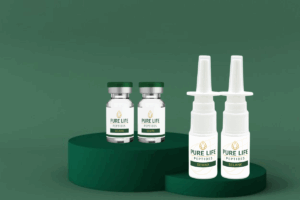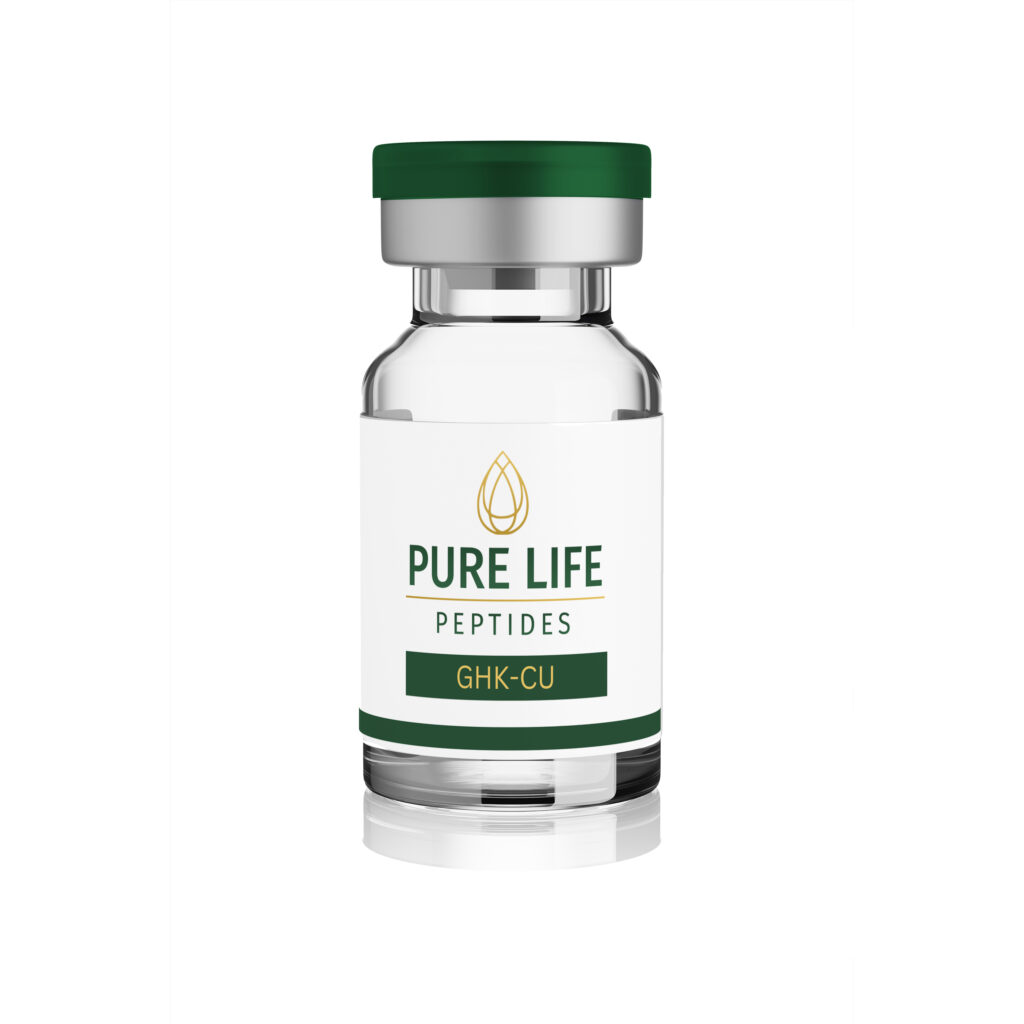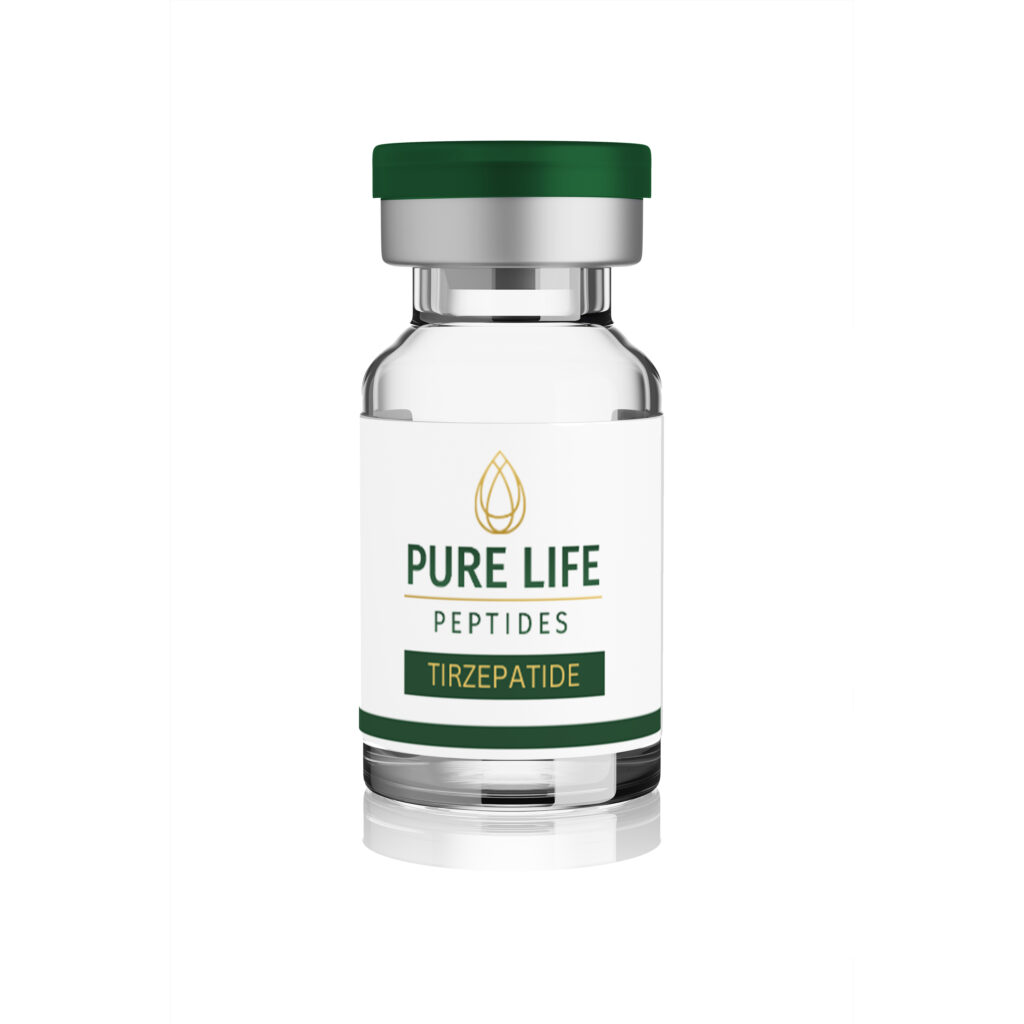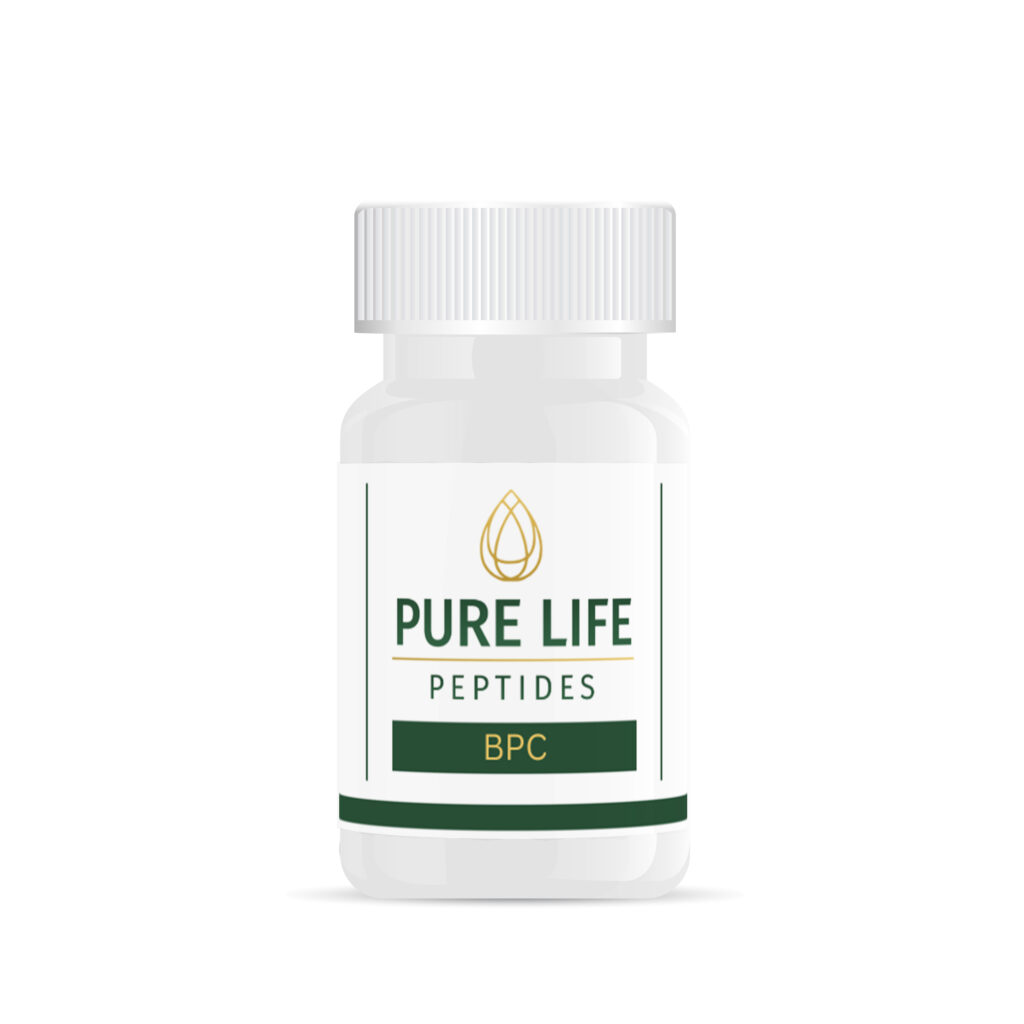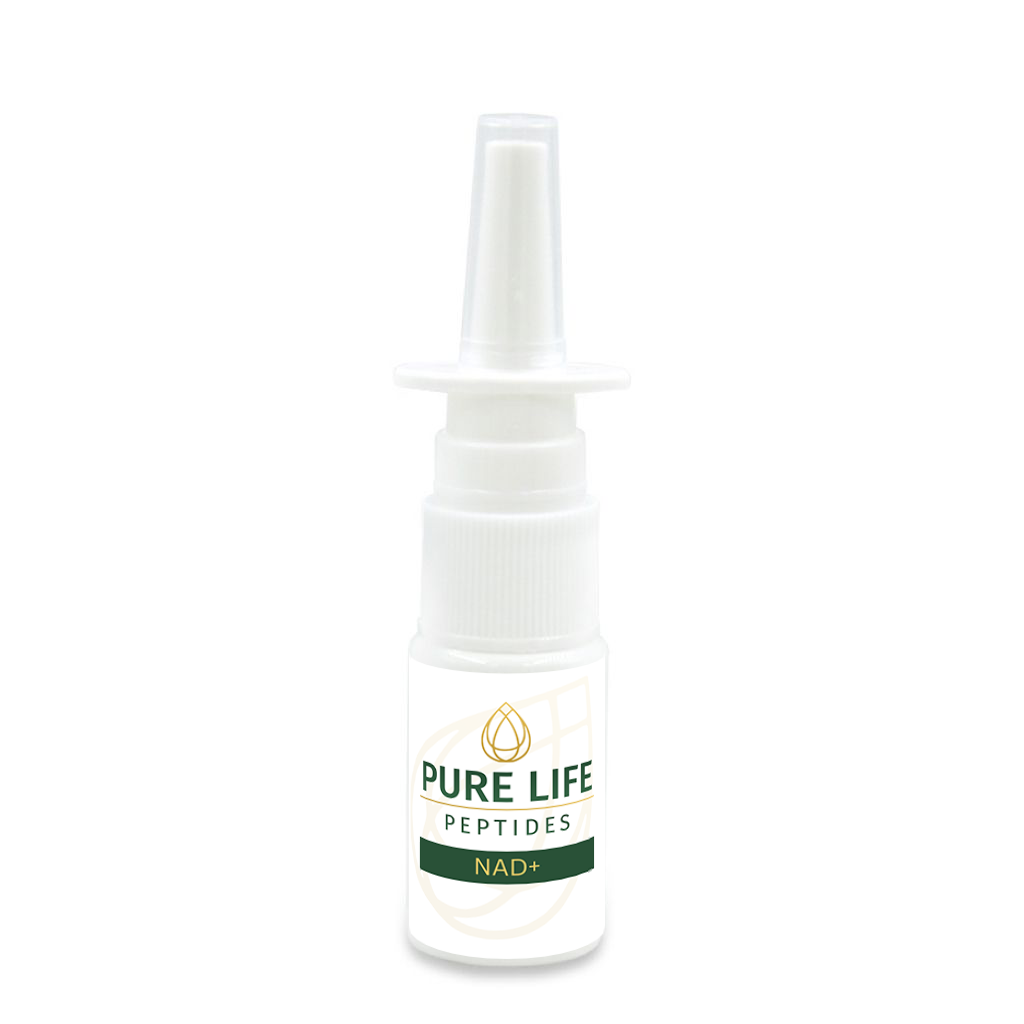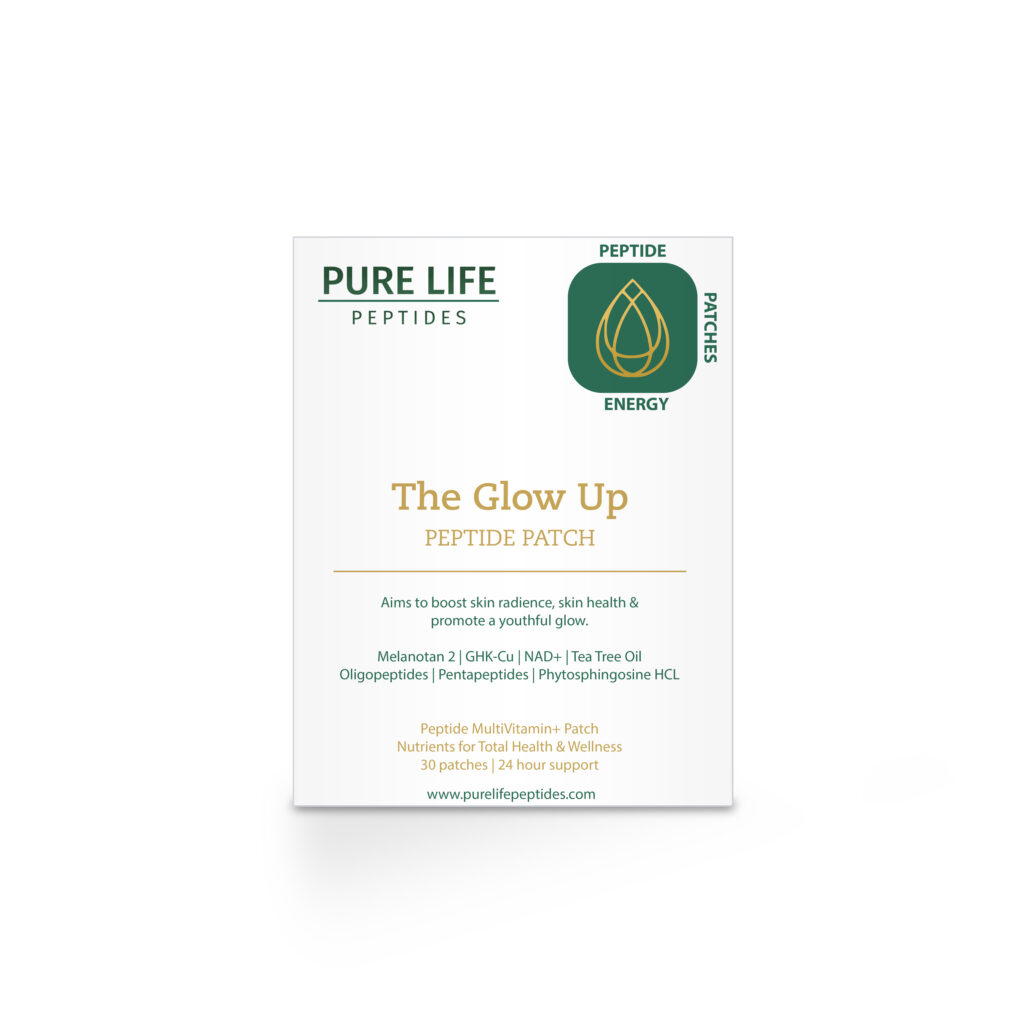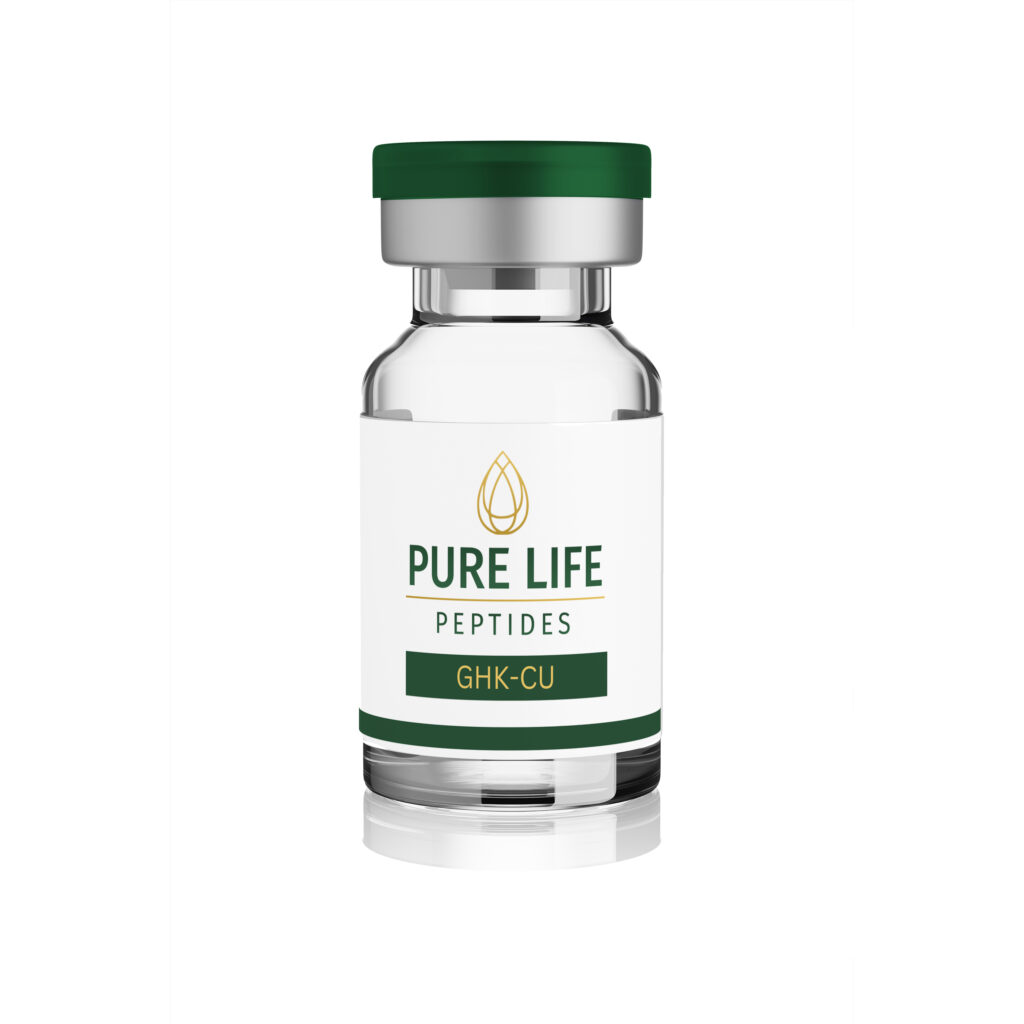When diving into the world of peptides, research, and scientific studies, you’ll quickly come across a variety of abbreviations and technical terms. Understanding these words can help make peptide research much easier to grasp. Whether you’re a beginner or someone looking to deepen your knowledge, this guide will break down the essential terms in a simple and digestible way.
Common Measurement Units in Peptide Research
ng (Nanogram) – A unit of mass equal to one-billionth of a gram. Often used in peptide research for extremely small quantities.
IU (International Unit) – A measurement of biological activity, not the same as milliliters (mL) or milligrams (mg). Used to quantify vitamins, hormones, and some peptides.
mcg (Microgram) – A unit of mass equal to one-millionth of a gram. 1 mg (milligram) equals 1,000 mcg.
mg (Milligram) – Represents the amount of a peptide, medication, or compound in its dry form. The mg amount does not change when a substance is reconstituted.
mL (Milliliter) – A measurement of liquid volume. Not the same as mg or IU. Used when discussing reconstituted peptides.
cc (Cubic Centimeter) – Equivalent to mL (1 cc = 1 mL). Commonly used in medical and research settings.
Peptide Administration Methods: Peptide Delivery Methods and Administration Techniques
Sublingual Delivery – A method where peptides are absorbed through the mucous membranes under the tongue, bypassing the digestive system for potentially faster absorption.
Injection – SQ (Subcutaneous) – An injection under the skin, usually in areas with fat like the abdomen or thigh. This method is strictly for research purposes and not approved for human use. Used in research to test peptides’ systemic effects.
Injection – IM (Intramuscular) – An injection directly into muscle tissue. This method allows for quicker absorption.
Injection – IV (Intravenous) – A method of delivering peptides directly into the bloodstream through a vein.
Injection – ID (Intradermal) – A shallow injection into the skin, often used for specific peptide research studies.
Peptide Patches – Transdermal patches applied to the skin for a slow and steady release of peptides into the body.
Nasal Sprays – Used for peptides that target the brain or have systemic effects via absorption through nasal mucosa.
Topical Creams & Balms – Peptides applied to the skin, often used in research for wound healing, anti-aging, or localized benefits.
Common Research and Medical Terms
Half-Life – The time it takes for half of a peptide’s concentration to be eliminated from the system. This is crucial in determining dosing schedules and understanding peptide activity duration.
COA (Certificate of Analysis) – A document that verifies the quality and purity of a peptide batch, ensuring it meets research standards. All peptides from Pure Life Peptides are accompanied by a COA to guarantee transparency and research accuracy.
CNS (Central Nervous System) – The brain and spinal cord, which some peptides target for cognitive and neurological effects.
GIP (Glucose-Dependent Insulinotropic Polypeptide) – A peptide hormone involved in insulin release and metabolism.
GLP-1 (Glucagon-Like Peptide-1) – A naturally occurring peptide being researched for its role in weight management and glucose control.
ISR (Injection Site Reaction) – A temporary response at the injection site, such as redness or irritation, commonly noted in research studies.
Dosing and Frequency Abbreviations
Understanding dosing schedules in peptide research is crucial because different peptides have varying optimal administration frequencies. These schedules help researchers study the effects of peptides on biological processes more accurately.
QID (Four times a day) – Indicates administration four times daily in research settings.
QD (Daily) – A term used in research protocols to indicate a once-daily administration.
BID (Twice a day) – Used to specify dosing frequency in peptide studies.
TID (Three times a day) – Refers to administration three times daily in research settings.
Q.O.D. (Every other day) – Used when a peptide is studied in alternate-day dosing schedules.
PRN (As needed) – Denotes administration based on specific conditions rather than a set schedule.
HS (At bedtime) – Indicates that a peptide is administered before sleep.
Storage and Handling
Pure Life Peptides follows best practices for peptide storage to guarantee optimal stability and research integrity.
Stability – The ability of a peptide to maintain its potency and structure under various storage conditions. Proper stability ensures reliable and consistent research results.
Proper handling and storage of peptides are critical in research settings. Best practices include using sterile techniques during reconstitution, storing peptides according to guidelines, and labeling vials clearly to prevent mix-ups.
Storage Guidelines – Unreconstituted peptides can often be stored in a refrigerator for months. If long-term storage is needed, freezing is preferred. Reconstituted peptides, however, should not be frozen.
Unit – A term used in insulin syringes for accurate dosing. 100 units = 1 mL.
Insulin Syringe – A syringe designed for precise small-volume injections, often used in peptide research.
Why Understanding These Terms Matters
Pure Life Peptides prioritizes educating their customers by providing clear, reliable research information with every product.
Navigating peptide research becomes significantly easier when you understand the common abbreviations and terms used in studies. These key terms not only help you interpret research but also allow for a clearer understanding of dosage, administration, and storage requirements.
Final Thought
Pure Life Peptides provides all peptides with COA documentation to ensure transparency and quality, giving researchers confidence in their work.
Understanding peptide research terminology and peptide-related abbreviations is crucial for anyone looking to grasp the fundamentals of this scientific field.
Peptide research is an exciting and rapidly evolving field. Whether you’re reading studies, analyzing COAs, or exploring different administration methods, having a solid grasp of these terms ensures you stay informed. As the science advances, so too will our understanding of how peptides interact with biological systems, making accurate terminology even more crucial.



